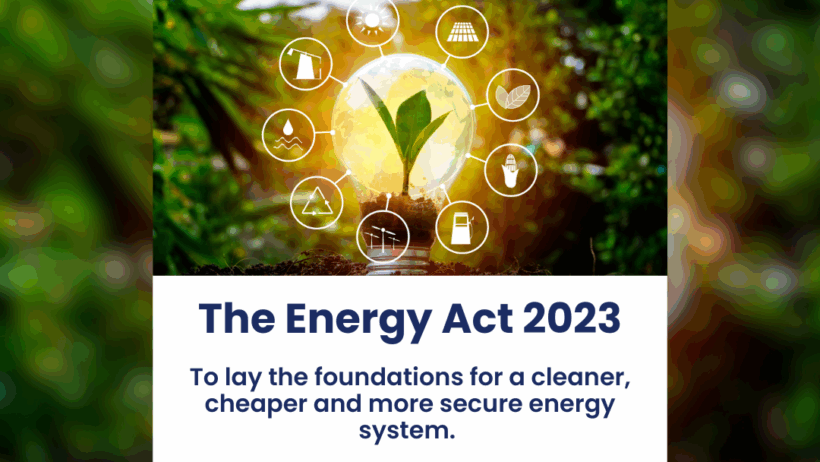The Food Conservation and Energy Act, which is pivotal for researchers focusing on sustainability and climate advocacy, presents a wealth of opportunities for citation. In this guide, we will navigate the intricate maze of citation practices, explore variations in content types, and detail the necessary acumen needed for comprehensively referencing the act in scholarly work.
Firstly, it is essential to grasp the foundational elements of citation. Proper citation not only lends credibility to a researcher’s work but also acknowledges the origins of information. The Food Conservation and Energy Act of 2025, as a statutory framework, should be treated with the same gravity as any other legislative document. While the specifics of citation styles like APA, MLA, or Chicago may vary, the core components remain consistent: the author, the title of the law, the year of enactment, publication information, and pertinent sections or amendments.
To cite this act in APA format, for example, one might detail it as follows: Food Conservation and Energy Act, 2025. In MLA format, it would be structured as: Food Conservation and Energy Act. Both formats provide an opportunity for a more nuanced foundation. In particular, knowing when to include the specific section numbers or amendments is crucial for pinpointing information relevant to one’s research.
Next, researchers must also account for the variations in citation depending on the usage of the document. For instance, citing in the context of historical analysis versus policy evaluation may necessitate different emphases in citation details. When discussing historical implications, one might refer to legislative milestones that preceded the act, intertwining various legal frameworks to enrich the discussion. Conversely, policy evaluation may call for minute attention to specific provisions and their implications on contemporary environmental strategies.
Moreover, differing disciplines may embrace varying perspectives on citing legislation. Legal scholars may prioritize case law that interprets the act, citing relevant judicial rulings, while environmental scientists might focus on the empirical data driven by the policies enacted through the legislation. Understanding the audience and their expectations the type of content presented enhances the efficacy of the citation.
Another essential facet to consider is the digital landscape. As electronic publications proliferate, the act is often available online. Researchers should ensure that they provide permanent URLs where applicable. This can facilitate easier access for readers, enabling them to delve deeper into the resources linked to the citation for expanded knowledge and further research.
When discussing different types of content associated with the act, one might encounter a plethora of materials including reports, policy briefs, and legislative analyses. Each of these types carries its own citation norms. Reports, especially those produced by government agencies or non-profits examining the efficacy of the act, require meticulous citation of the report’s title, the issuing organization, and the year it was released. For instance, a report titled Impact Assessments under the Food Conservation and Energy Act would necessitate acknowledging the authoring agency and its publication details in the bibliography.
Moreover, peer-reviewed articles that analyze the implications of the act can provide critical insights. These articles will often contain extensive citations of primary sources, including the act itself. It’s advisable to cite such sources not only to substantiate claims but also to engage with existing research, thereby situating one’s findings within the broader academic discourse. This connectivity is vital for fostering collaborative knowledge within the environmental research community.
Further complicating the fabric of citation practices is the dynamic nature of legislation. Amendments often occur post-enactment, leading to the necessity for ongoing updates to citations. Researchers should therefore stay abreast of any modifications to the Food Conservation and Energy Act, ensuring that their references reflect the most current version of the law. This might involve checking legislative databases or government websites regularly.
In addition to legislative texts and analyses, it is beneficial for researchers to explore expert opinions and commentaries available in various forms. Podcasts, webinars, and conference presentations can yield significant insights into the act’s impact, trends in food conservation, and energy policy. When referencing these multimedia sources, it is prudent to adhere to proper citation protocols specific to each medium, ensuring accessibility and academic integrity.
Finally, while citation formats are crucial, the ability to synthesize and contextualize the act within one’s research narrative is equally, if not more, vital. An effectively placed citation not only bolsters the argument presented but also guides readers toward further understanding the intricate legal landscape surrounding food conservation and energy use. The ultimate goal is to use citations as a means of enhancing discourse, not merely for compliance with academic standards.
The Food Conservation and Energy Act is more than a document; it is an evolving entity that reflects ongoing shifts in policy, environmental priorities, and research avenues. By mastering the citation of such legislative frameworks, researchers contribute to a more informed and responsive environmental dialogue, setting the stage for groundbreaking advancements in sustainability and climate responsibility.






